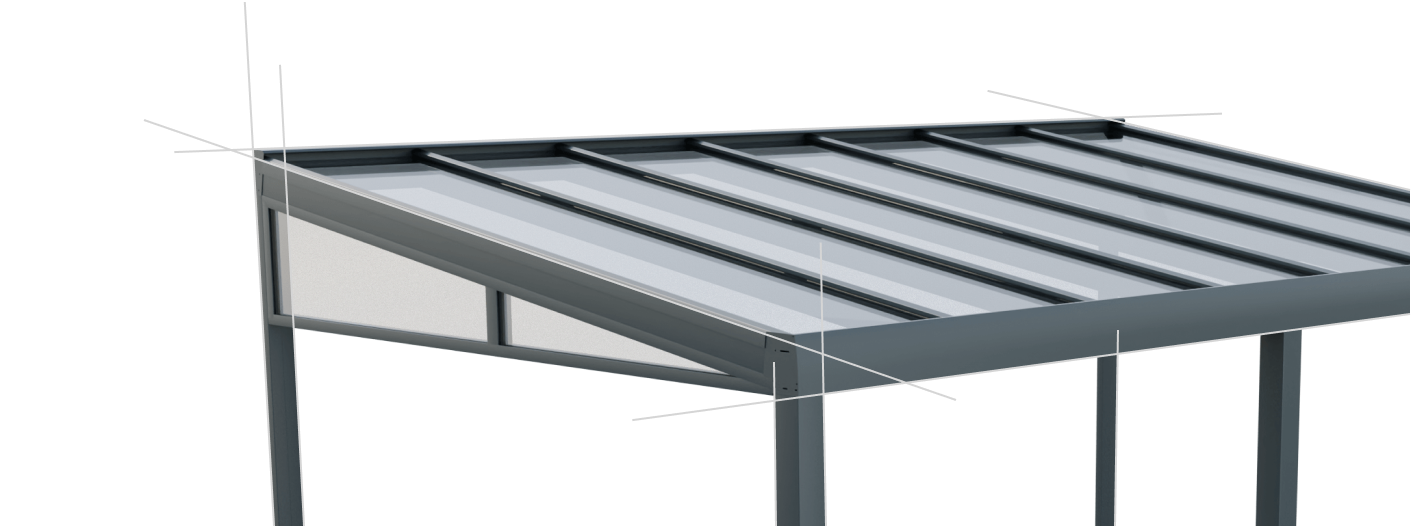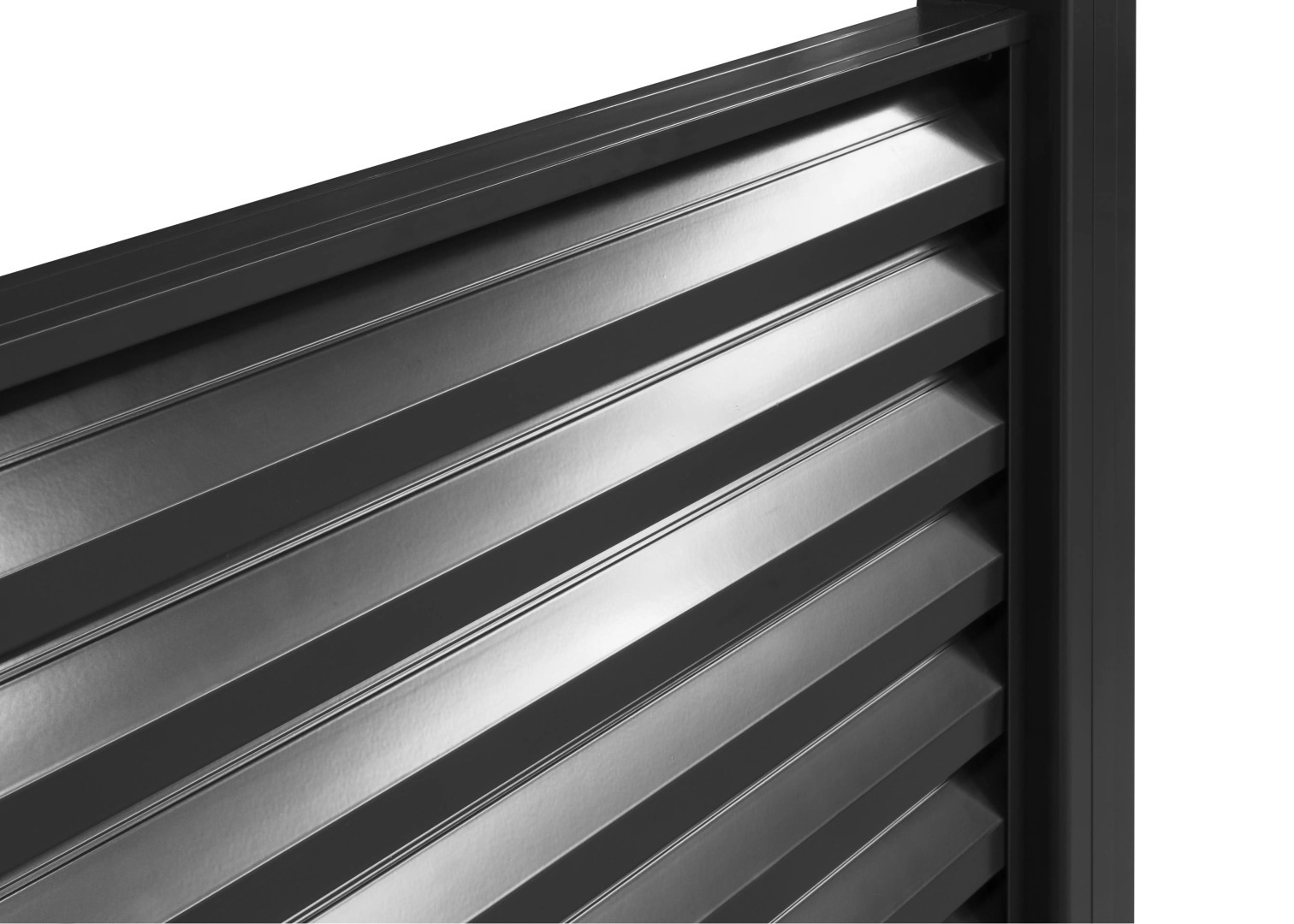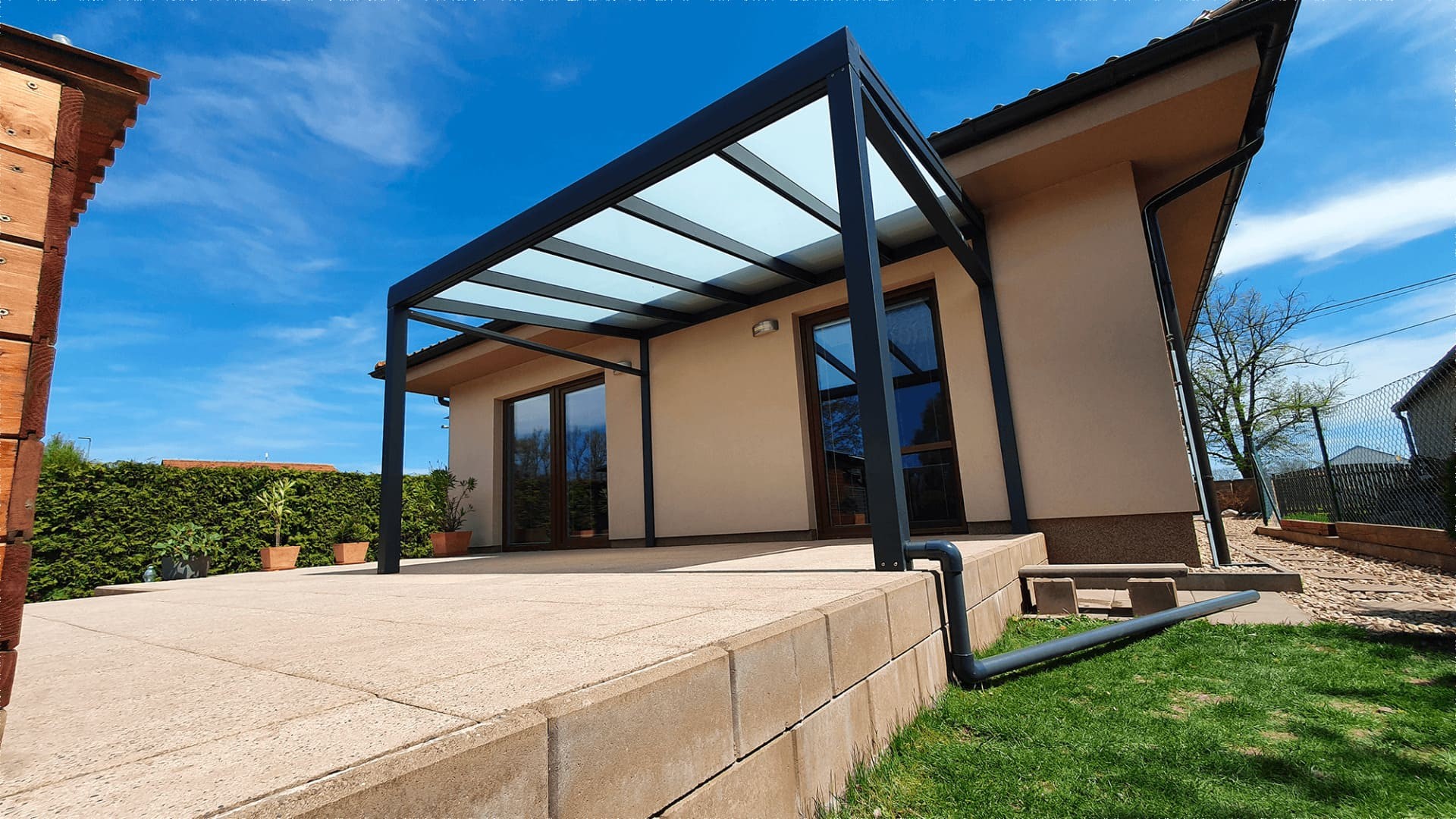Investing in a pool cover is no small matter. Whether you've chosen an elegant aluminum structure with polycarbonate or a sliding model that looks like it was designed by NASA, they all have one thing in common. They need regular maintenance if they are to last for years and function as they should.
The good news? Nothing rocket science. Just a few simple steps, a little attention, and your pool roof will serve you at least as long as your favorite anime.
1. Regular cleaning: the basis of everything
Although the cover protects the water from dirt, it collects dust, pollen, leaves, and insects. Therefore, you should give it a bath once every few weeks. Not literally, of course – all you need is:
- lukewarm water and a soft cloth,
- a mild detergent (no harsh chemicals),
- no rough brushes or sponges with an abrasive surface.
Polycarbonate panels and aluminum profiles can be cleaned nicely without risking scratches or a dull surface.
Tip: Do not clean the roof in strong sunlight – cleaning agents can dry quickly and leave streaks.

2. Check the moving parts
If you have a sliding cover, maintenance also includes checking the guide rails, wheels, and locking mechanisms. The cover should slide smoothly – not like a shopping cart after the weekend.
- Remove dust, sand, and other small debris from the rails.
- Check that nothing is stuck and that nothing rattles where it shouldn't.
- Once a season, gently lubricate the moving parts with a suitable lubricant (e.g., silicone spray).
3. Don't forget the seals and joints
A pool cover often has more joints than your game console with external accessories. And each one must work.
- Check the rubber seals – if they are cracked, hardened or missing, they must be replaced.
- Check the fasteners, screws and joints – nothing should be loose.
- After winter and after strong winds, it is worth going over the cover as a checklist.
4. Be careful in winter
If you do not actively use the cover in winter, it deserves a few precautions. Do not underestimate this, even if you live in the south of Slovakia and snow is just a meme for you.
- Remove snow from the fillings – polycarbonate can withstand a lot, but a ton of snow can damage it.
- Check that no water is trapped in the drains.
- And if the winter is as sharp as a cosplay sword, it is better to check the cover with your eyes and hands from time to time.
5. Protect against damage
It sounds trivial, but: don't lean on the panels, don't place heavy objects on the structure, don't let children climb on the roof (yes, it happens). The pool cover is there to protect the water – not as a substitute for a climbing frame.

6. Once in a while: professional inspection
If you have purchased a premium cover, most companies also offer seasonal service or inspection. Sometimes once every two years is enough. An expert will look at what you may overlook and can detect potential problems in time that would cost you money later.
Conclusion? A pool cover is not maintenance-free. But it's not difficult either.
If you take care of it regularly, it will last for years. In summer, it will protect against rain and cold, in spring it will speed up water heating, and in autumn it will slow down the mood that the season is ending.
And if you're just thinking about buying one, keep in mind that a good cover isn't just an aesthetic accessory—it's a practical piece of equipment that significantly reduces maintenance costs and extends the season.










